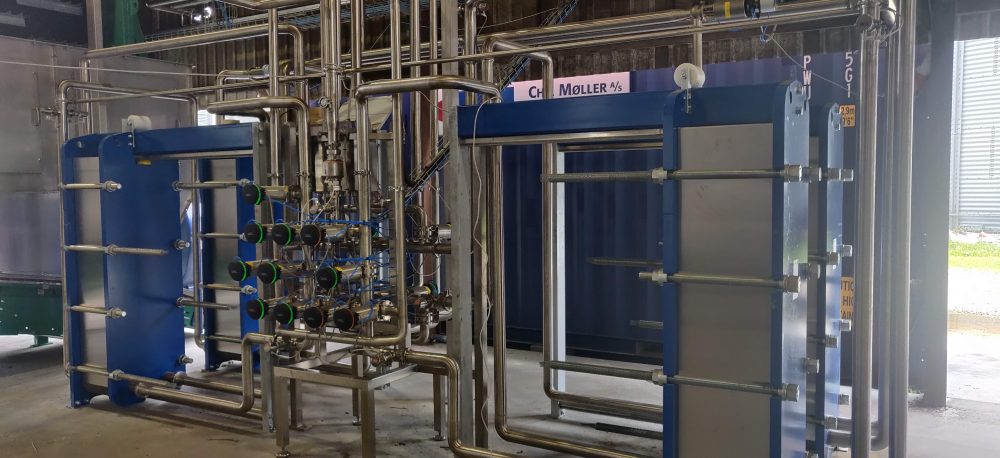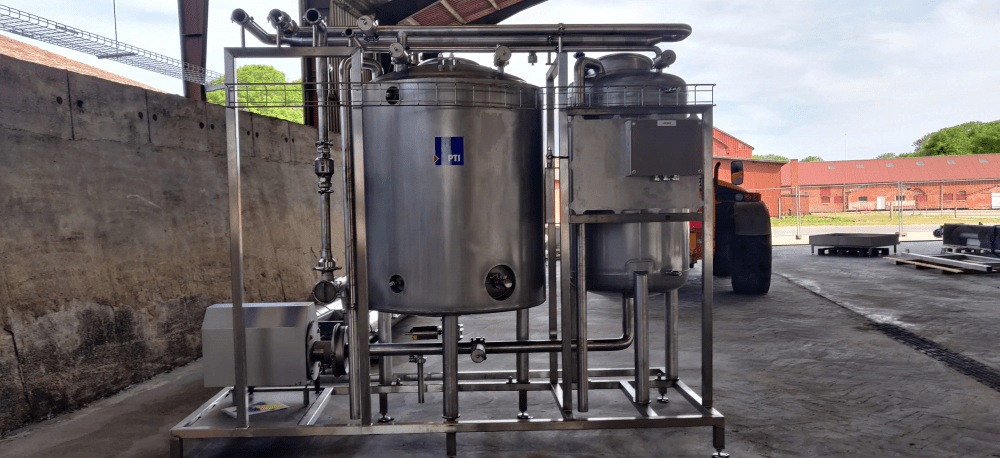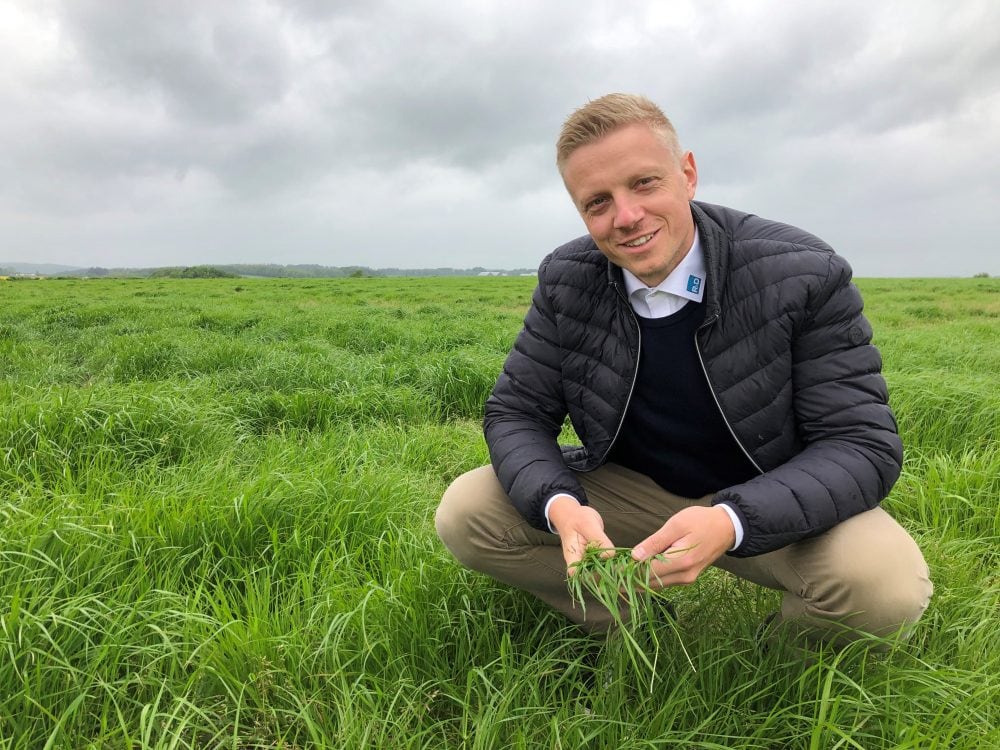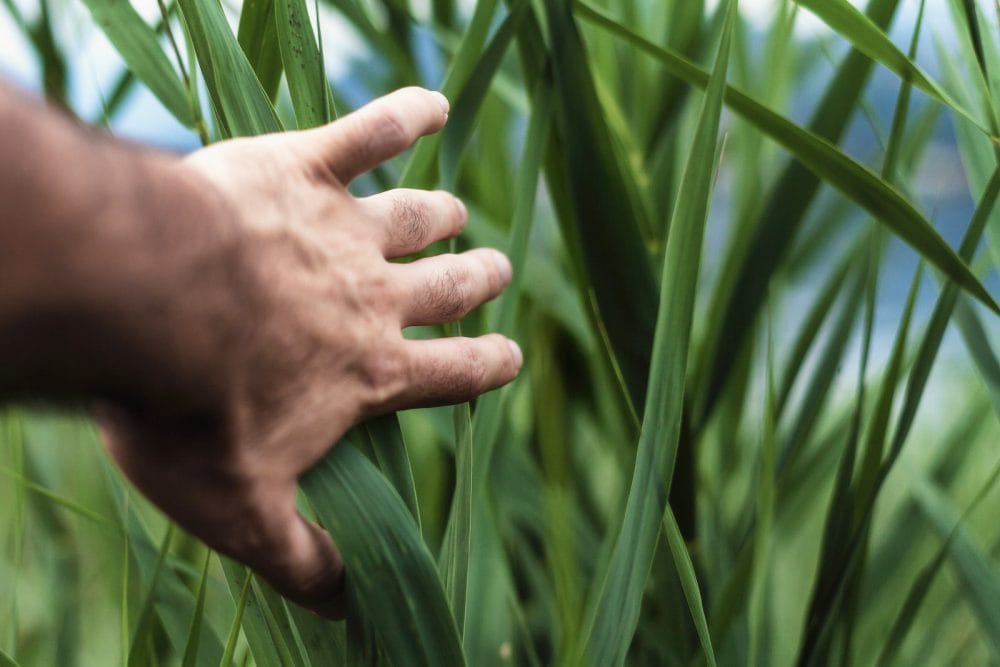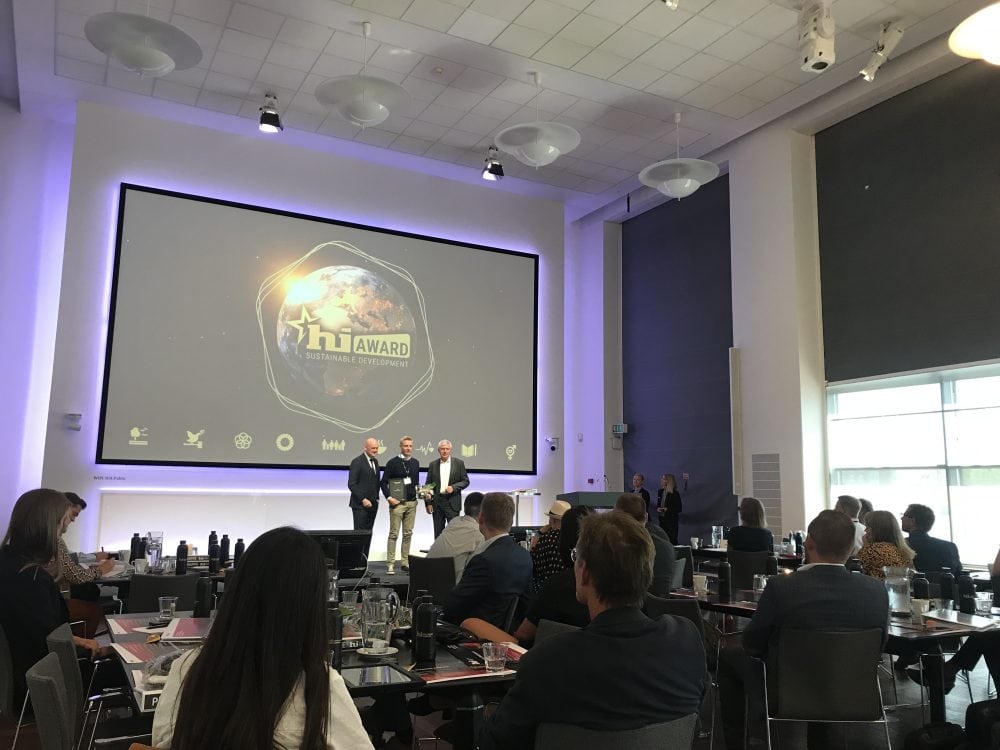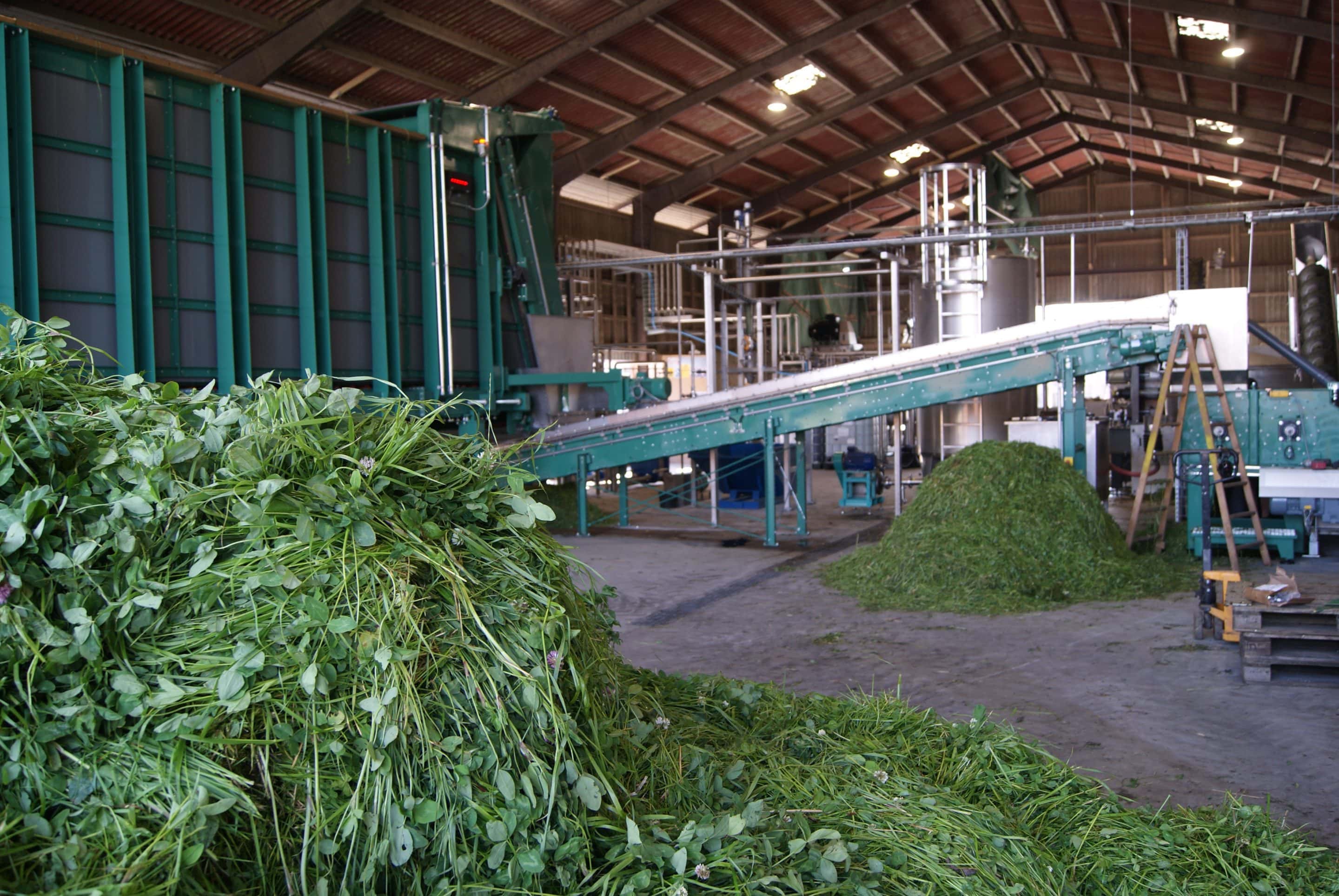
TailorGrass: A grass protein factory
TailorGrass: A grass protein factory
The benefits of the grass protein factory
Watch the video and learn about the benefits of the grass protein factory
Process overview: the extraction of protein from grass
The advantages of grass fields
Protein from grass can significantly increase cattle, pig, and poultry producers' climate footprint. The grass fields can also result in more sustainable and better utilization of the areas. The advantages include:
- Minimizing weeds at crop rotation without the use of pesticides
- Helping the soil to absorb water during heavy rain
- Detaining water during drought
- 4x harvest during a season of 6 month
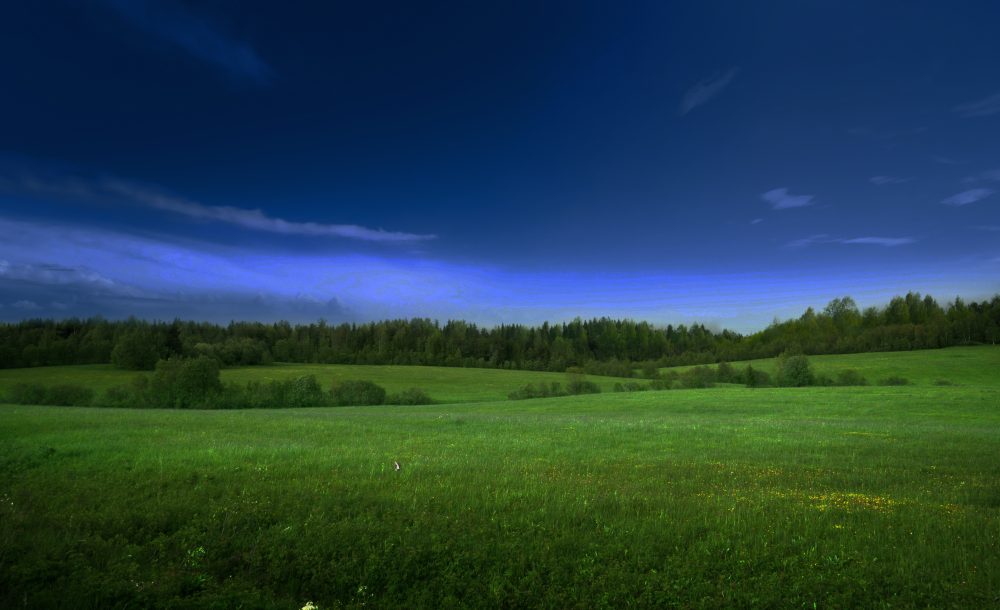
How grass contributes to the production of organic biogas
In addition to the extraction of protein from grass, the factory can also contribute to organic biogas production.
The factory uses the by-product (squeezed grass etc.) to increase the production of biogas. This will ensure optimal use of the by-products from organic grass protein production, seeing that they will be part of a recirculating and sustainable cycle. The remains of the dry material and liquid are transformed through the biogas plant into green energy. The subsequent remains are spread out on the grass fields, where they will be a part of the recirculating cycle.
Behind the scenes of the first plant
Kristian Lundgaard-Karlshøj, the owner of Ausumgaard, highlights the advantages of extracting protein from grass to organic agriculture and sustainability.



